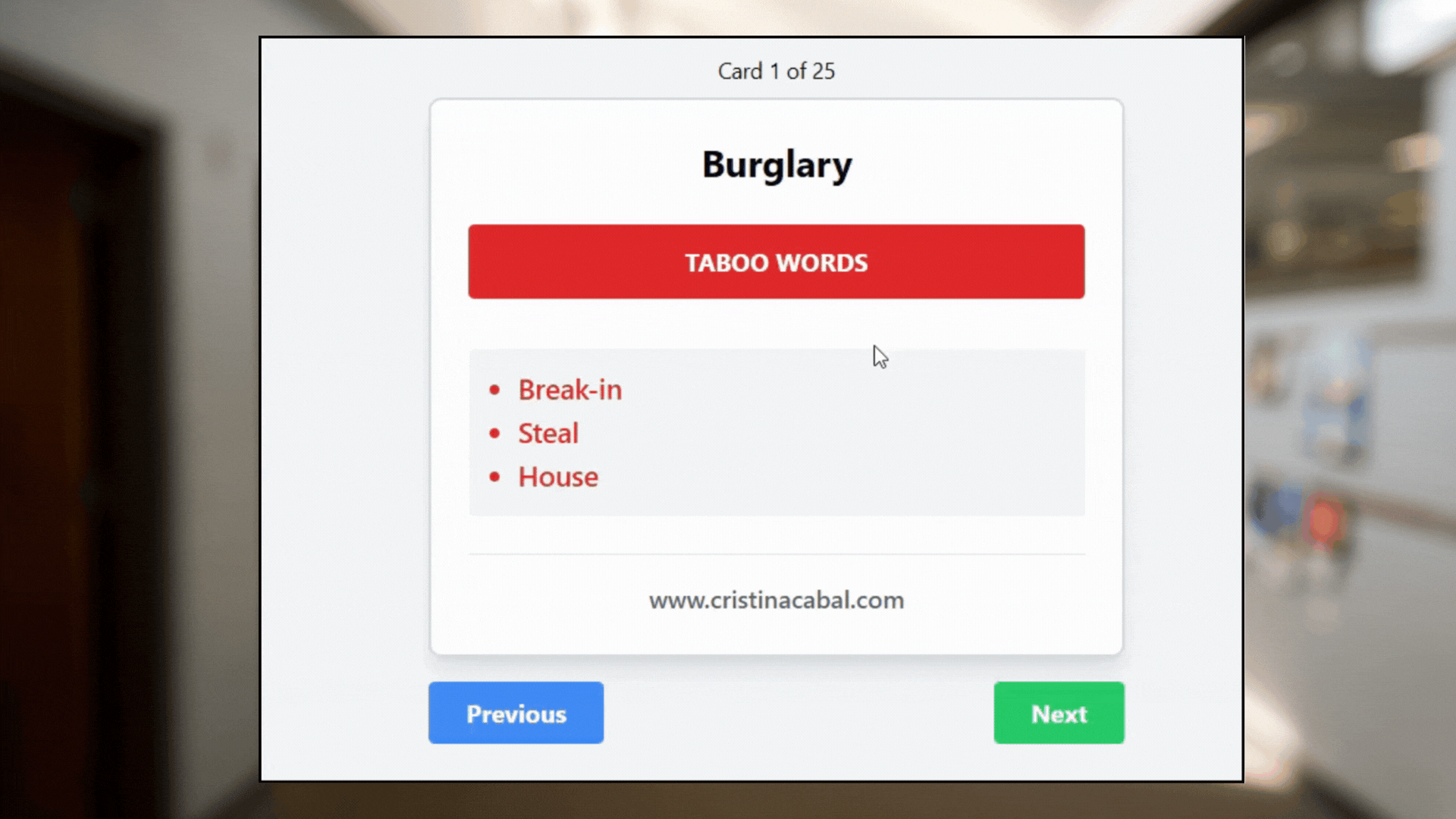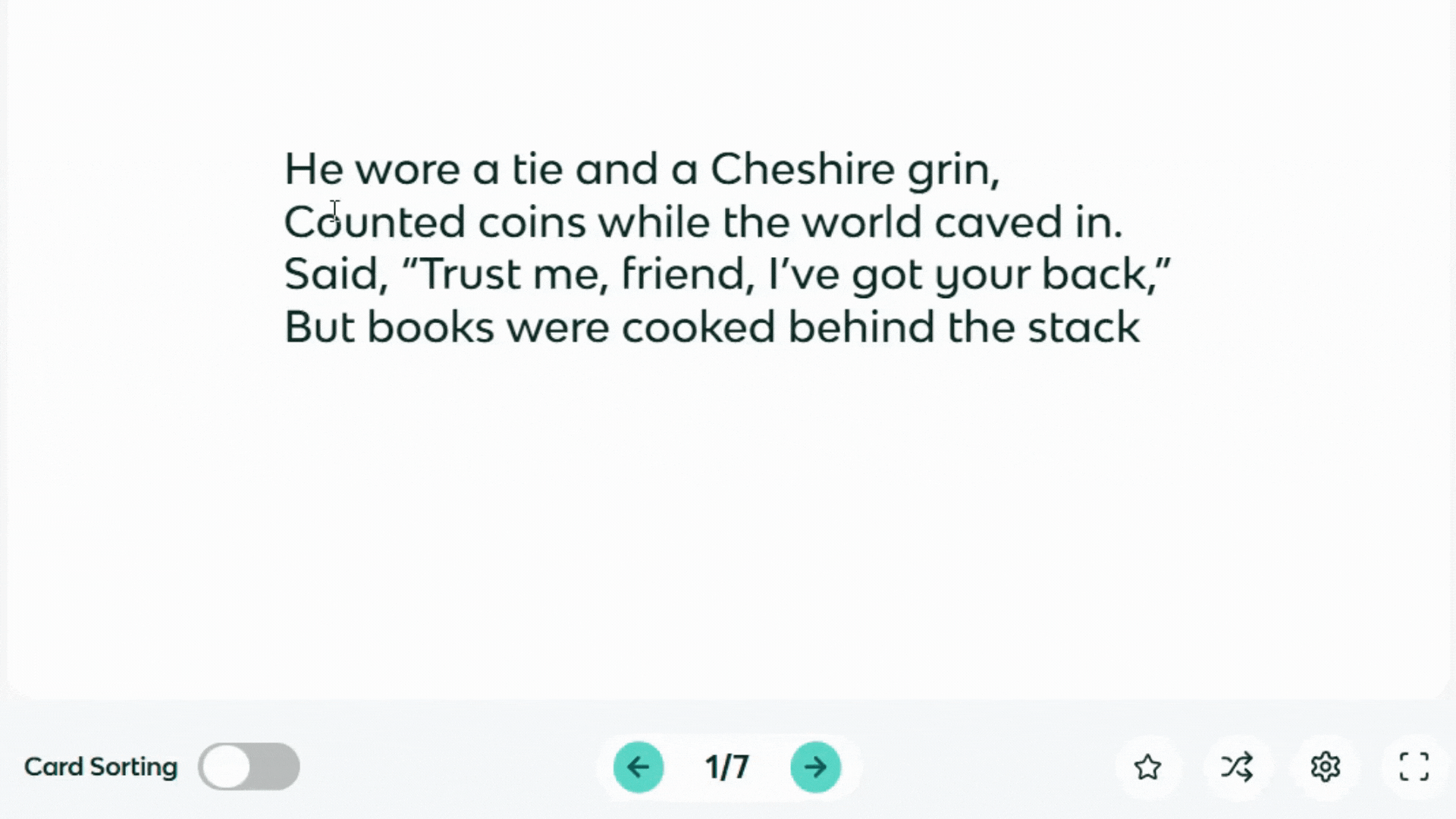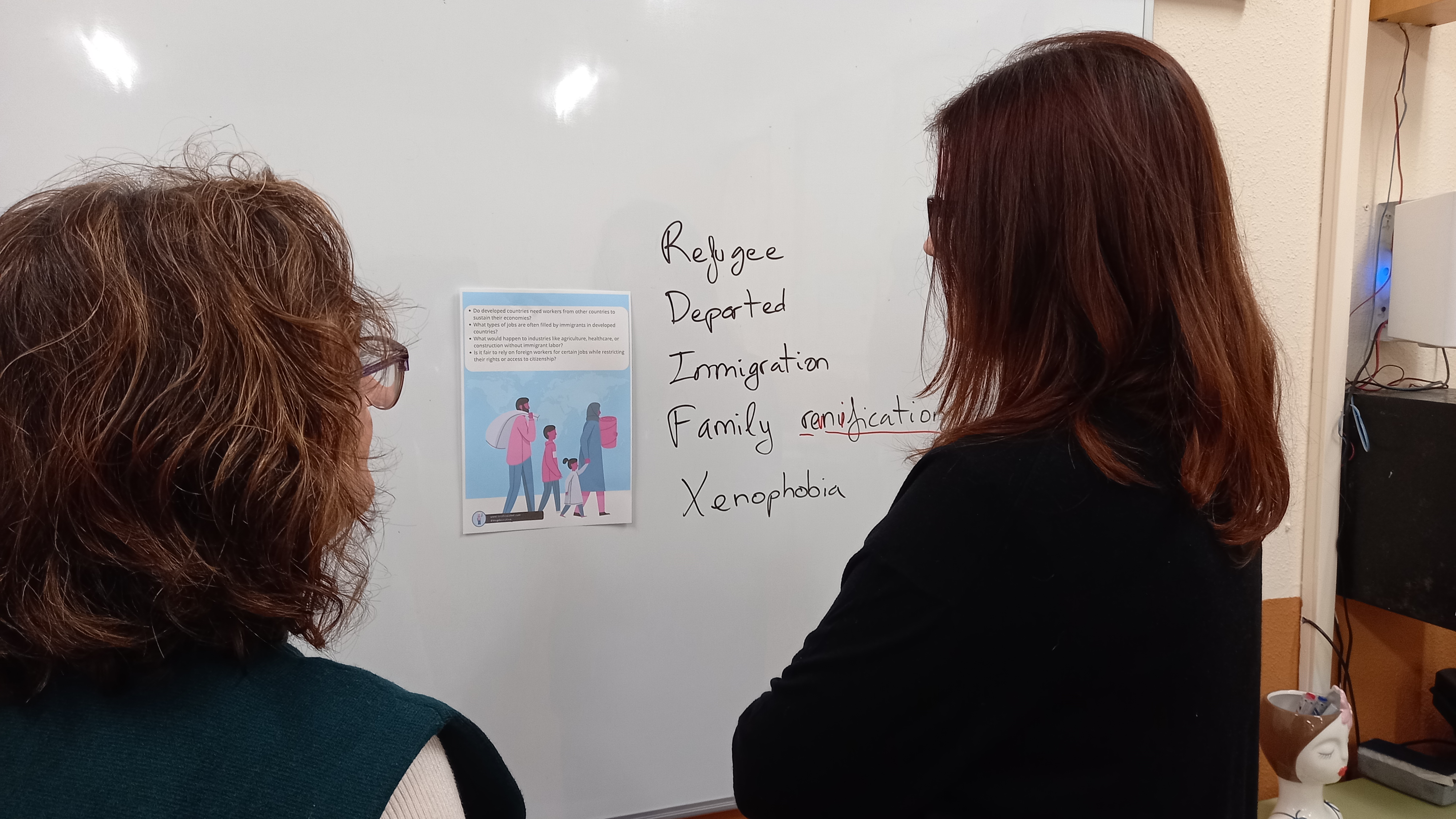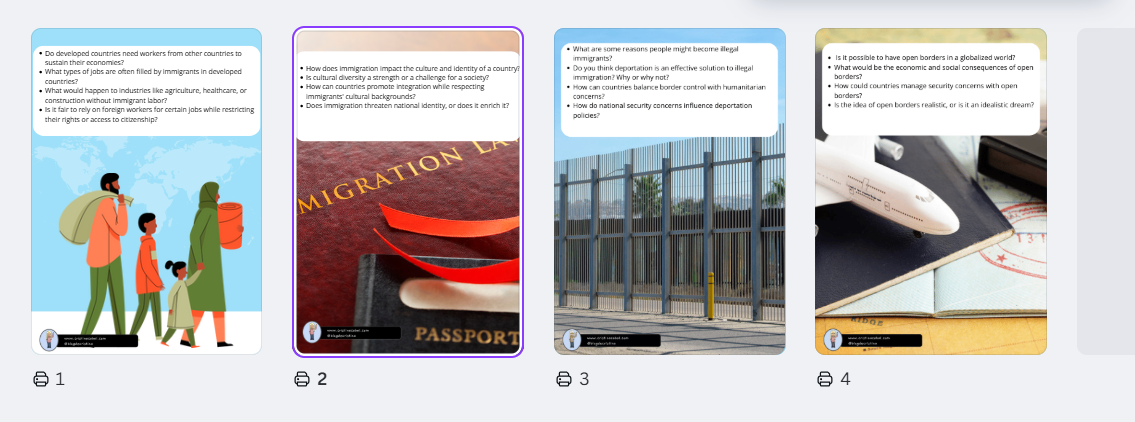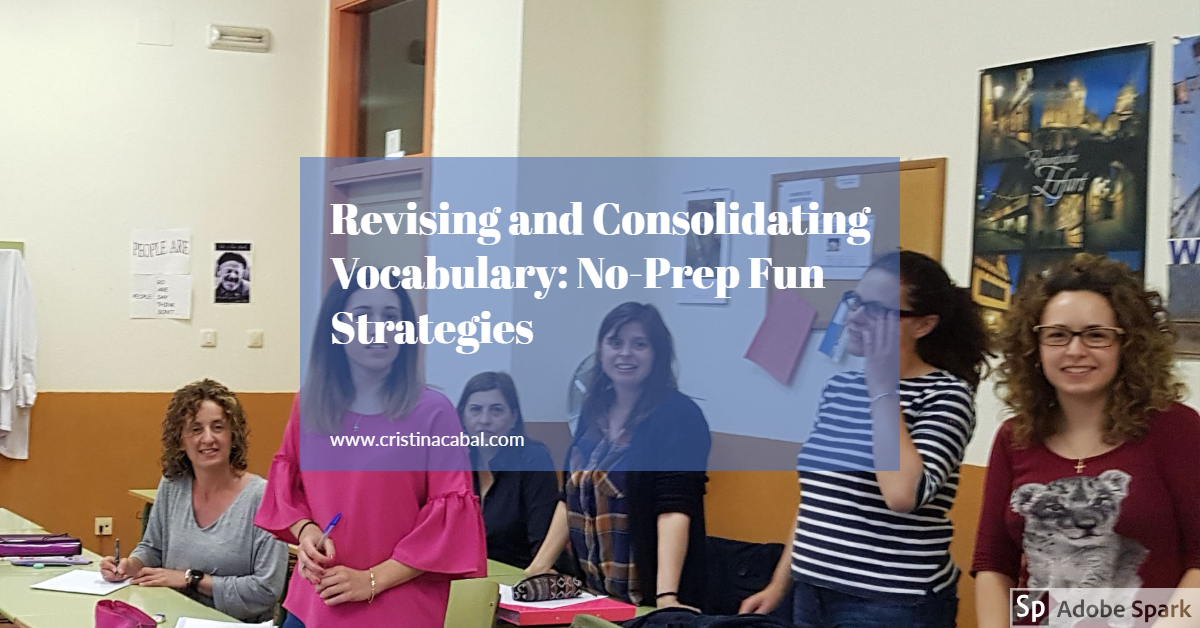I have some awesome activities to share with you today! From traditional pen-and-paper tasks to the most advanced AI possibilities and more… I hope these fun ideas inspire you to create something exciting of your own. And if nothing else, I hope they make you smile when you see me dressed up as a police officer.
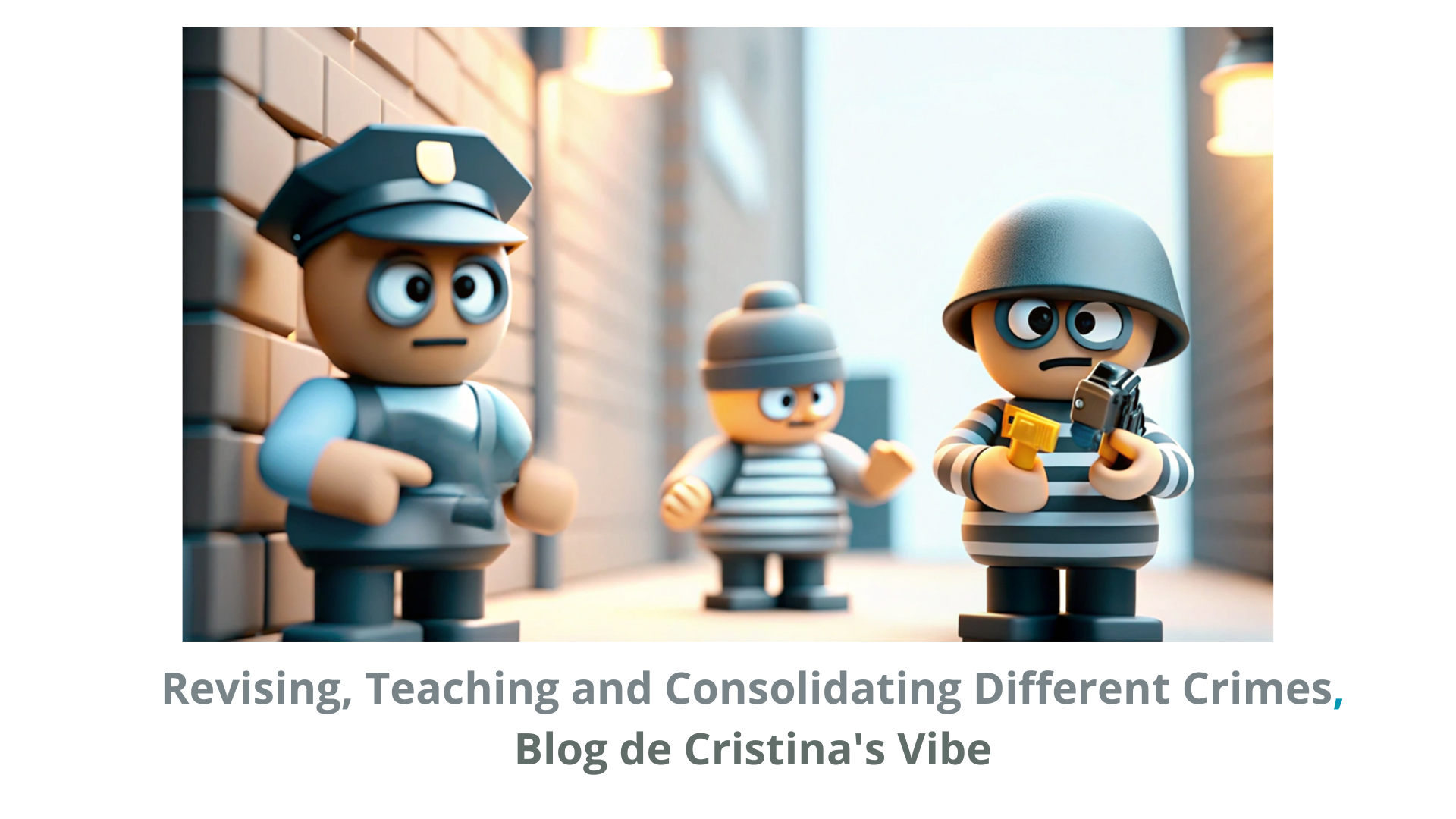
When you’re teaching a C1 class and introducing a big topic like Crime and Punishment, jumping straight into phrases like “contest a verdict” or “beyond reasonable doubt” can be overwhelming. It’s just too much too soon—and nobody wants cognitive overload!
So instead, we took a step back. We began with the basics: different types of crimes. Just the vocabulary. A total of 25. Now, C1 students already know quite a few, so this was more of a review… with a little something extra. Like I always say, “just un poco más.” Once the crime words are clear—burglary, fraud, arson, and the rest—then it’s much easier to explore the more complex collocations and legal language. One step at a time, building confidence as we go.
Let’s hop into it!
FIRST CLASS: REVISING AND INTRODUCING VOCABULARY
Step 1: Preparation: A paper, a Bag and 10 crimes
Here’s a fun little activity we did using just some paper and a bag. I cut 10 small pieces of paper and wrote a different crime on each one. Then, I popped them all into a bag. I split the class into two teams so that each team would end up with five crimes total.
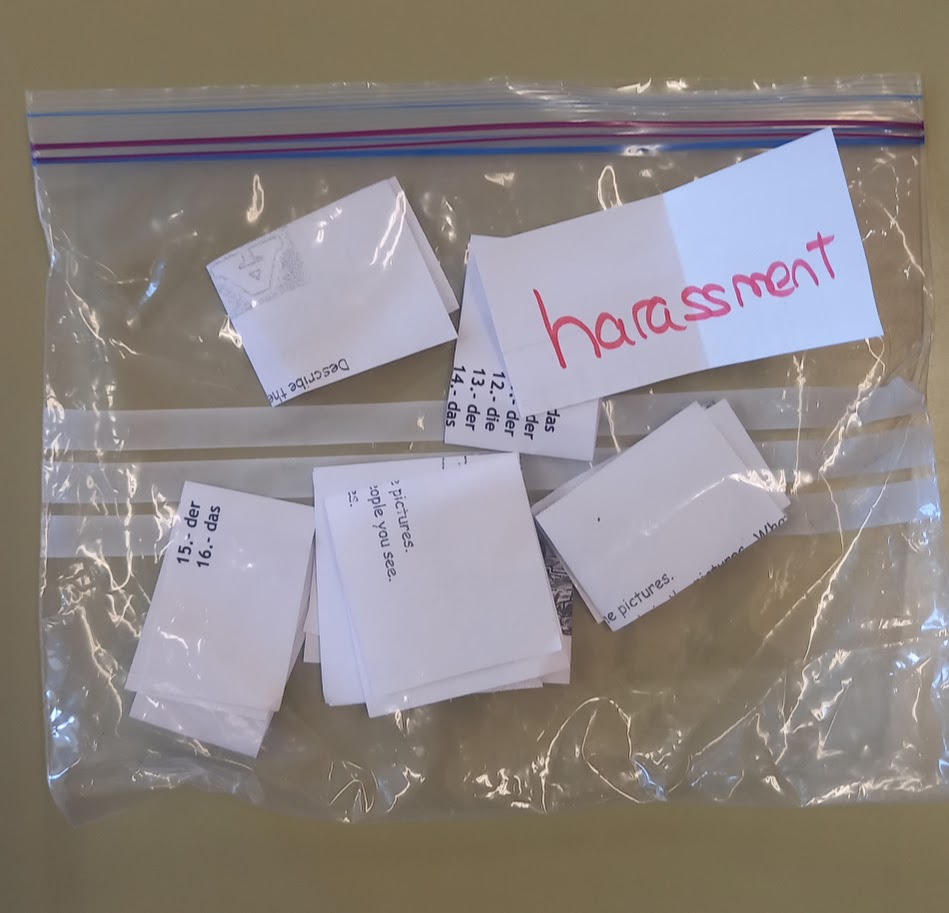
Let’s say Team A goes first. I pull a paper from the bag and read the crime aloud. Now, here’s the twist—any student on Team A who thinks they know the meaning of the crime in Spanish must stand up. The number of students standing becomes the number of potential points they could win—or lose!
How do they win or lose those points? A student from Team B chooses one of the standing students and challenges them to give the correct meaning in Spanish. If the answer is right, Team A gets all the points (equal to the number of students who stood up). If the answer is wrong, they lose those points instead.
Then it’s Team B’s turn.
The crimes in the bag were: burglary, harassment, shoplifiting, squatting, smuggling, hijacking, mugging, blackmail, bribery, forgery
Step 2. The Song "City of Crime": A Fill-in-the-gçGaps Traditional Exercise with a Personalised Twist
City of Crime de cristina.cabal
SECOND CLASS: CONSOLIDATING VOCABULARY
Step 3. An Interactive Personalised Taboo Game
Yes, they’ve learned the crimes and offences—but if we want that vocab to stick, we have to help them use it! So, it’s game time: an AI-powered Taboo, totally personalized and right on trend with the whole vibe coding movement.In just minutes, I created an interactive crime-themed Taboo Game that’s fun, fast, and super effective.
Do I know how to code? Nope.
Do I need to? Not with AI!
Step 4: Speaking
Now it’s time to put this vocabulary into action! Students have learned the words and now it’s their chance to talk and share opinions.
Speaking: Crimes de cristina.cabal
THIRD CLASS: SPACED PRACTICE: Poetry and Song (yes, again)
Let’s face it—our brains aren’t always great at holding onto new vocabulary after just one try. That’s where spaced repetition comes in! By reviewing content at regular intervals, we help our memory lock it in for the long term.
This time, we’re making it a little more creative (and a lot more fun) by revisiting this vocabulary through poetry and a song. Yes, but a different song.
Step 5: Poetry. Flipcards
No, I am not a poet, but it seems ChatGPT is. And hey, if when asked to create a song, he gives me lines that rhyme, who am I to say no to a good verse? So, students read the lines with the correct entonation and try to guess the crime.
There are seven crimes. You might need to register to see all of them. Here
Step 6: Freeze that Crime
And finally, we revise spelling. How??? With a song and some challenge.
I asked ChatGPT to create a song using some of the trickiest crime-related words to spell ( 8 words), placing each one at the end of a verse.
Here’s how it worked:
- I told students I’d play the song and pause it 8 times. They numbered their papers from 1 to 8, and each time I stopped the music, they had to write down the last word they heard. The song is only played once.
- Then, they swapped papers with a partner, and we corrected the answers together on the board. For every correctly spelled word: 1 point. Final scores were written on the paper before giving it back to the original student to check their mistakes.
Song Lyrics here. In red, the words where I stopped the audio,
Freeze that Crime de cristina.cabal
And of course—what’s a challenge without a prize? hahahahThe winner got a big round of applause and a sweet.
A super engaging way to lock in spelling and make it stick!

